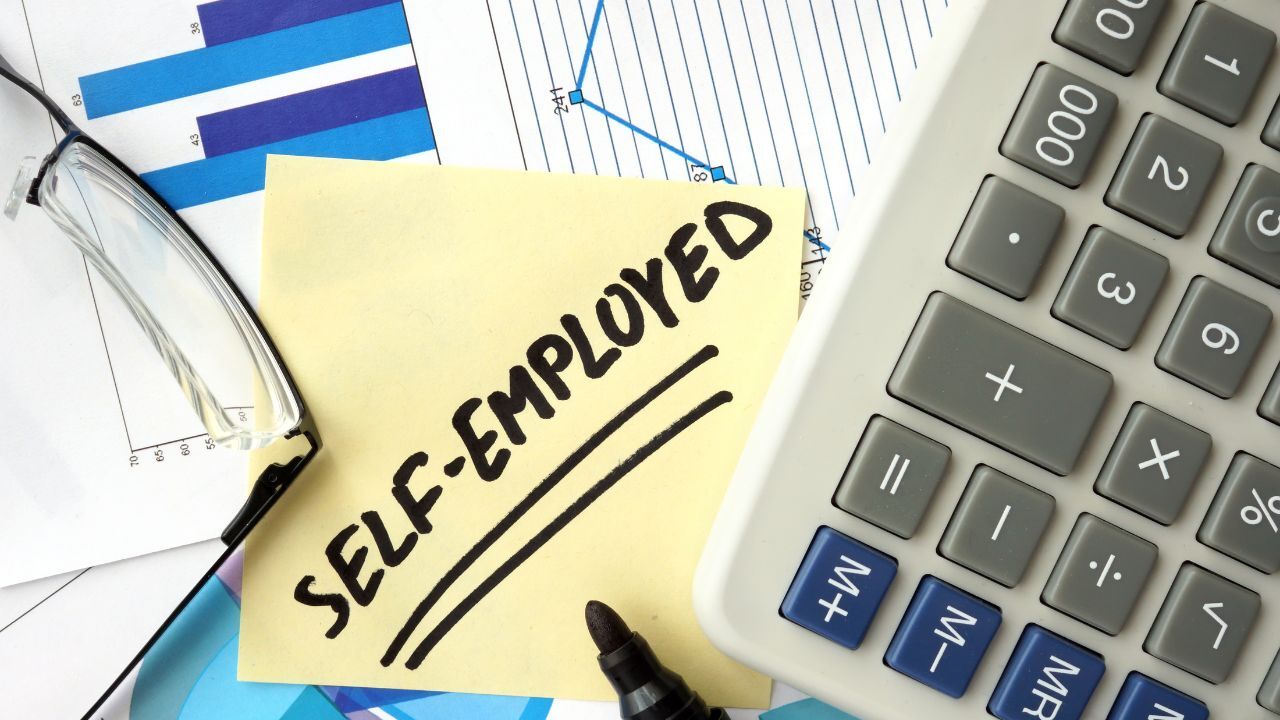Explaining Mortgage Options for Self-Employed Borrowers with Irregular Income
 Securing a mortgage can be challenging for self-employed borrowers, especially those with irregular income. Traditional lenders typically rely on W-2s and steady paychecks to assess financial stability, which can make qualifying more complex for business owners, freelancers, and gig workers. However, several mortgage options cater specifically to self-employed individuals, allowing them to secure financing based on alternative income verification methods.
Securing a mortgage can be challenging for self-employed borrowers, especially those with irregular income. Traditional lenders typically rely on W-2s and steady paychecks to assess financial stability, which can make qualifying more complex for business owners, freelancers, and gig workers. However, several mortgage options cater specifically to self-employed individuals, allowing them to secure financing based on alternative income verification methods.
Challenges for Self-Employed Borrowers
Lenders evaluate mortgage applicants based on income consistency, tax returns, and debt-to-income (DTI) ratio. Self-employed borrowers often face hurdles such as:
- Fluctuating income that makes it harder to demonstrate financial stability
- Tax deductions that reduce taxable income, making it appear lower than actual earnings
- Limited W-2 documentation, requiring extensive financial paperwork
Mortgage Options for Self-Employed Borrowers
- Bank Statement Loans
Instead of tax returns, lenders assess income based on 12 to 24 months of bank statements. This is ideal for borrowers who maximize tax deductions but maintain strong cash flow. - Profit and Loss (P&L) Statement Loans
Some lenders allow a CPA-prepared profit and loss statement to verify income instead of tax returns. This works well for borrowers with significant write-offs. - Debt Service Coverage Ratio (DSCR) Loans
For real estate investors, DSCR loans focus on a property’s income rather than the borrower’s personal income. This allows investors to qualify based on rental cash flow. - No-Doc and Stated Income Loans
Certain lenders offer no-documentation or stated-income loans, though they often come with higher interest rates and larger down payment requirements. - Traditional Loans with Adjusted Documentation
Self-employed borrowers may still qualify for conventional or government-backed loans (FHA, VA, USDA) by providing two years of tax returns, business financials, and additional documentation.
Improving Mortgage Eligibility
- Maintain strong credit, as a higher credit score can help offset income variability
- Show consistent deposits in bank statements to strengthen income verification
- Lower the debt-to-income ratio by paying down existing debts
- Work with lenders who specialize in self-employed borrowers and alternative income verification
While self-employed borrowers may face extra hurdles, there are plenty of mortgage options designed to accommodate irregular income. By understanding these loan programs and preparing documentation strategically, self-employed individuals can successfully secure home financing.

 Buying a home is an exciting milestone, but if you are on a visa or have a green card, you may wonder how your immigration status impacts your mortgage options. The good news is that many lenders offer home loans to non-citizens, though the process may involve additional requirements. Understanding your options can help you navigate the path to homeownership with confidence.
Buying a home is an exciting milestone, but if you are on a visa or have a green card, you may wonder how your immigration status impacts your mortgage options. The good news is that many lenders offer home loans to non-citizens, though the process may involve additional requirements. Understanding your options can help you navigate the path to homeownership with confidence. When it comes to buying a home, selecting the right mortgage is one of the most important financial decisions you’ll make. The type of loan you choose will impact your monthly payments, interest rates, and overall financial stability. To make the best choice, it’s essential to understand the different types of mortgages available and how they align with your financial goals and circumstances.
When it comes to buying a home, selecting the right mortgage is one of the most important financial decisions you’ll make. The type of loan you choose will impact your monthly payments, interest rates, and overall financial stability. To make the best choice, it’s essential to understand the different types of mortgages available and how they align with your financial goals and circumstances.